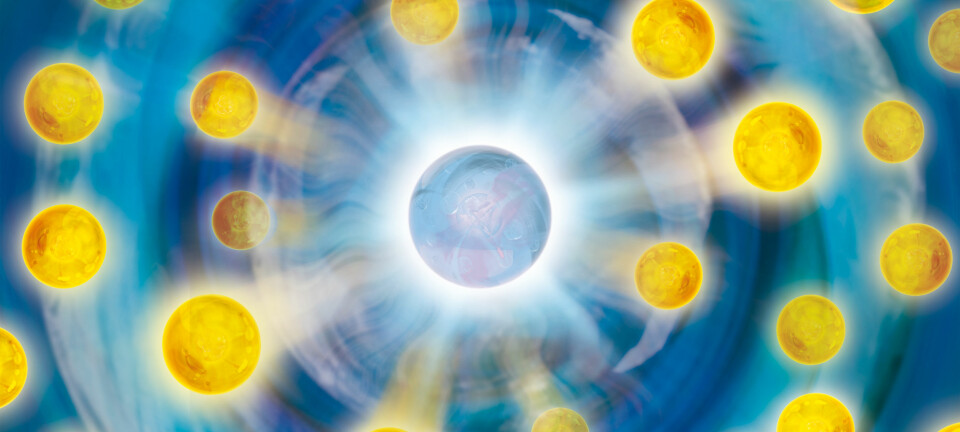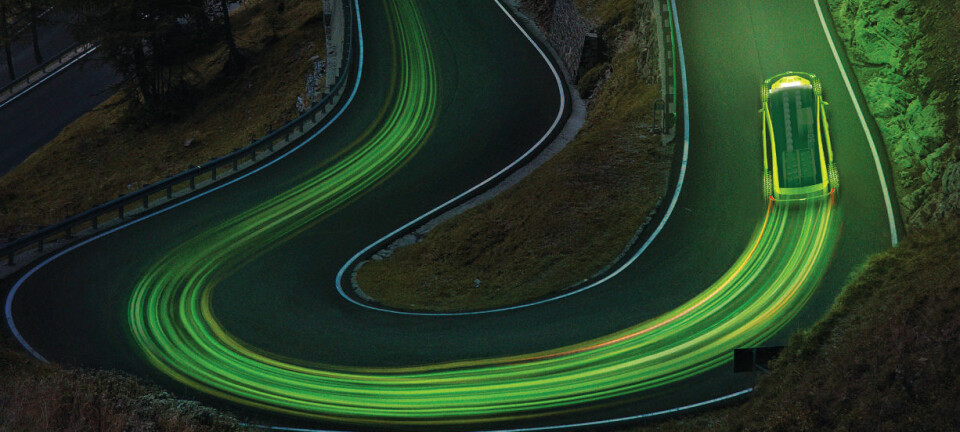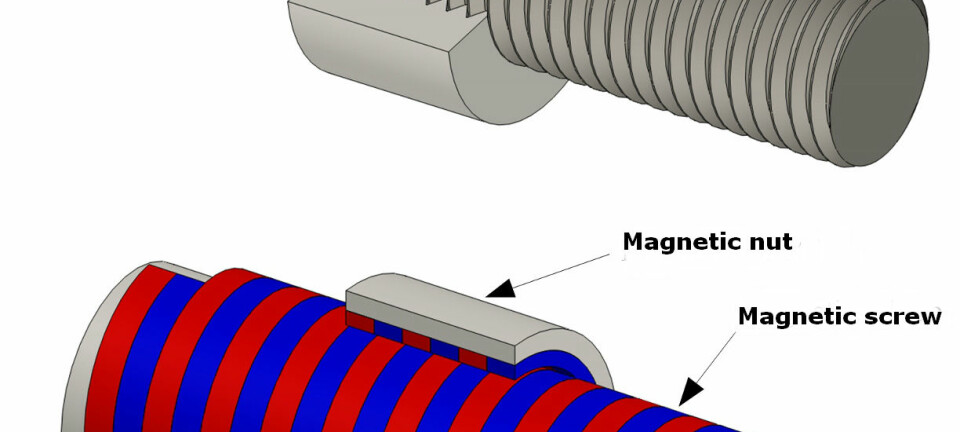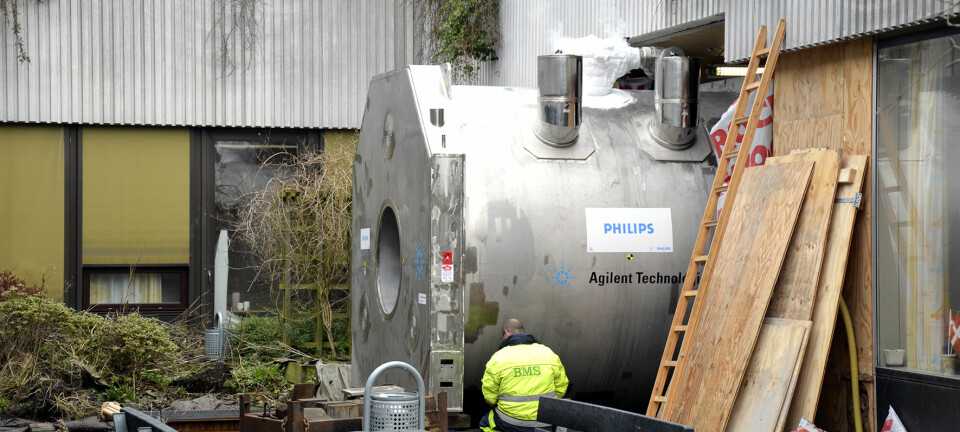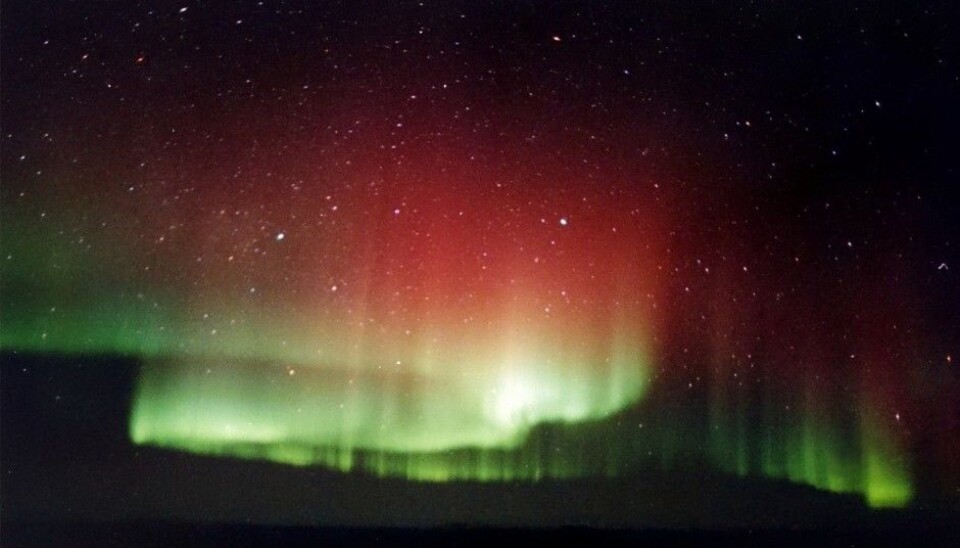
Tracking the Earth’s magnetic field in Northern Lights
Physicists are keen on solving the mysteries of the Earth’s magnetic field. Their curiosity has a practical side – when solar storms that create the aurora are bent by the magnetic field, it can affect technologies that modern civilization depends on.
Denne artikkelen er over ti år gammel og kan inneholde utdatert informasjon.
Solar eruptions create tremendous storms of electrical solar winds. These winds shoot in all directions, and some of the charged particles are sucked into our planet’s magnetic field. These surges can be devastating for GPS use, telecommunications and vital power supplies - or just about everything that provides the underpinnings for modern life.
French and Norwegian scientists are now developing an instrument that can visualize the Earth’s magnetic field by measuring the Aurora Borealis with the aid of what they call a “spectral photo polarimeter”, developed by the French astonomer Jean Lilensten.
Collisions emit light
The instrument measures light polarization. Waves of polarized light are oriented in a particular direction. What can this tell us about the magnetic field in a given spot in the outer reaches of our atmosphere? Lilensten says there is a direct connection.
An aurora results from billions of tiny collisions between air particles and a rain of electrons from the Sun, hurled into space by powerful solar eruptions.
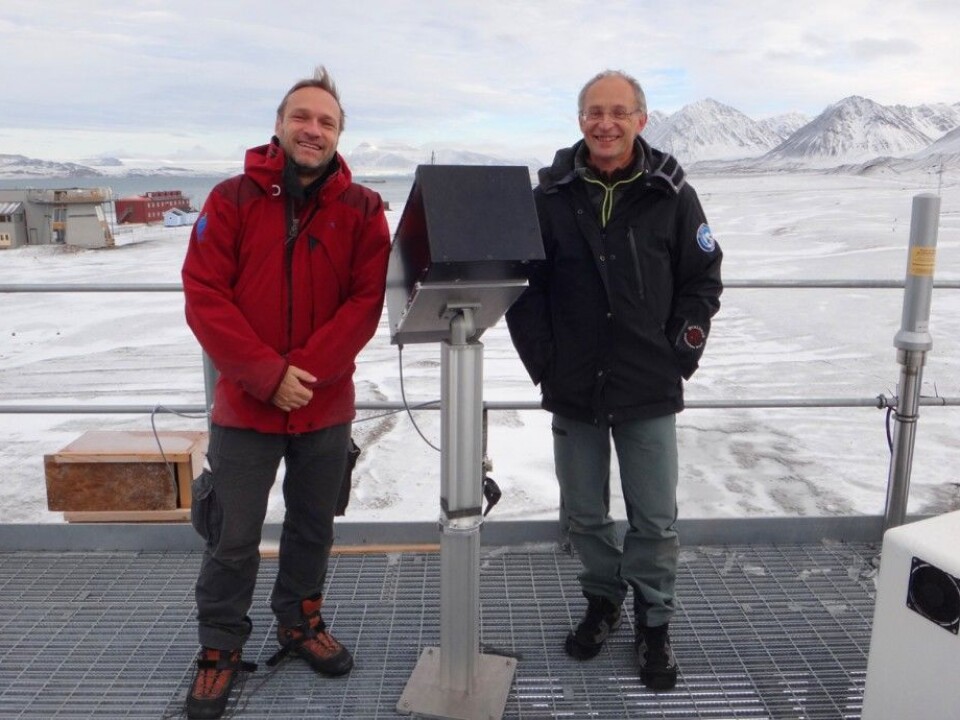
These electrons don’t follow a straight path from the Sun once they get close to Earth. Our magnetic field accelerates them and slows them down many times, bending them along the curves of the field. Lilensten’s instrument detects the fluctuation along the lines of the magnetic field.
“When the electrons collide with air particles high in the Earth’s atmosphere, the air particles start to oscillate in the same direction. The energy from these fluctuations causes emissions of light. This light also has an orientation, perpendicular to the molecule it strikes in the atmosphere. It’s polarized,” says Lilensten.
A good idea in Longyearbyen
Lilensten is director of the Institut de Planétologie et d´Astrophysique de Grenoble in France. His job takes him regularly to where the Northern Lights can be seen, to Norway and particularly to the town of Longyearbyen, on the Svalbard Archipelago.
A few years ago he and Jøran Moen of the University of Oslo’s Department of Physics were talking in a café n Longyearbyen. Lilensten proposed his idea for measuring the polarization of aurora.
“Jøran Moen was convinced that this experiment was viable. He had an idea of how an instrument could be constructed,” says Lilensten.
Light meters in Adventdalen
So they set to it. In collaboration with Lilensten’s French colleague Mathieu Barthélemy, Jøran Moen, Dag Lorentzen and Fred Sigernes of the University Centre in Svalbard (UNIS), the spectral photo polarimeter saw the light of day – or more aptly, the light of night.
In 2006 a Northern Lights station was established in Adventdalen, just southeast of Longyearbyen.
This is where the new instrument was put to work. It was made to withstand freezing weather and snowstorms. Two years later Lilensten and his colleagues were able to announce their discovery – the measurements showed that the aurora was weakly polarized in a specific direction.
“Just a small portion of the light was polarized and we could only measure the weakest, red aurora,” says Lilensten. How could that be explained?
Only the red light
If you have seen the breathtaking curtains of Northern Lights shimmering across the night sky you might have also witnessed beautiful shifts in colours. Sometimes the light is red. Often the aurora is stronger and glows red from the top down to green at the bottom.
The higher red glow is due to atoms of oxygen that are 220 km up. The air up here is so thin that the distance between individual atoms is relatively large. They can freely vibrate in the direction assigned to them by the rain of electrons. This polarizes light in the red frequency.
But if the electrons have a higher velocity along the magnetic field they can plunge further into the atmosphere where the air is denser. Then more intense vibrations take over with shorter, green wavelengths. Air molecules interact and the polarization stops.
Magnetic fields of Mars and Venus
Lilensten hopes that future space probes will use similar instruments to map the magnetic fields of other planets.
“We have no idea how of how magnetic fields encompass the planets Mars and Venus,” says Lilensten. No space probe has had instruments that could measure polarization of auroras around other planets.
Creative nightmare
After making their measurements in Adventdalen, the researchers have conducted better tests in Hornsund in South Spitsbergen National Park, where the lights of Longyearbyen do not pollute the night sky. These observations were published in the Journal of Space Weather and Space Climate in 2013.
The next step for Lilensten and his colleagues is to test a new version of the instrument from the University of Tromsø’s observatory in Skibotn, a two-hour drive east of Tromsø. These tests will start this December.
The new instrument will measure all the polarization continually, rather than every fourth second. It will also measure the Northern Lights in several colours, not just red.
“If we want to make headway in our studies of the Northern Lights we need to work across a range of fields, with chemists, mathematicians and quantum physicists,” says Lilensten.
“This can be a nightmare sometimes, but I really love this kind of creative collaboration,” he says.
Translated by: Glenn Ostling







